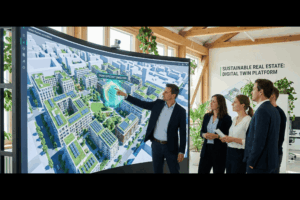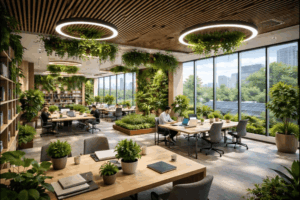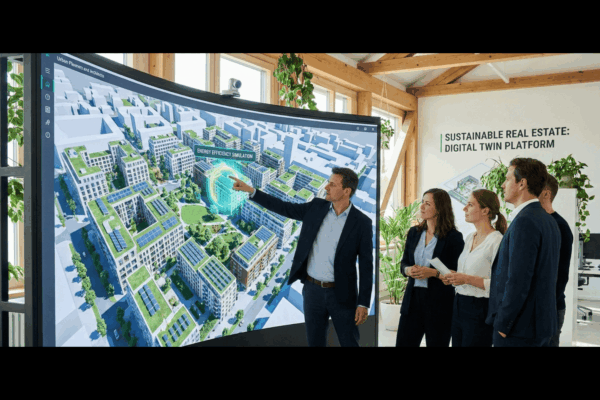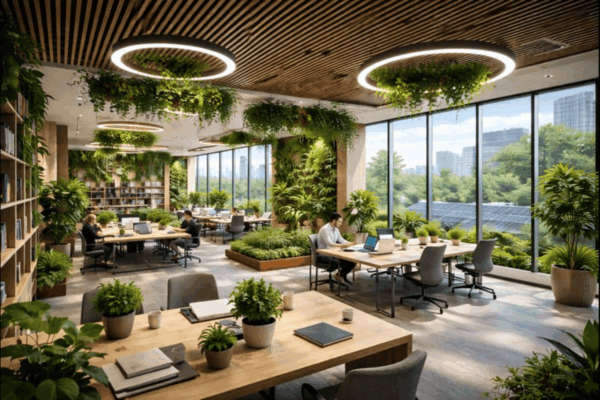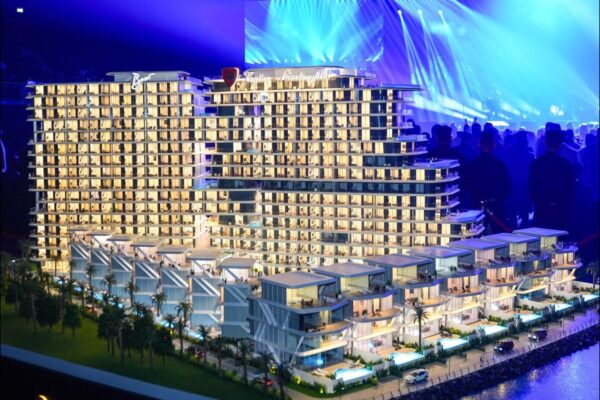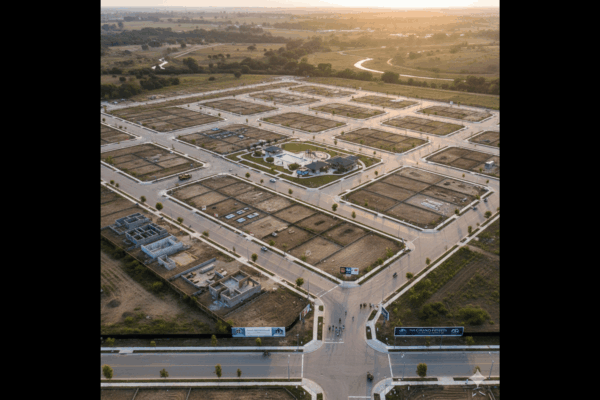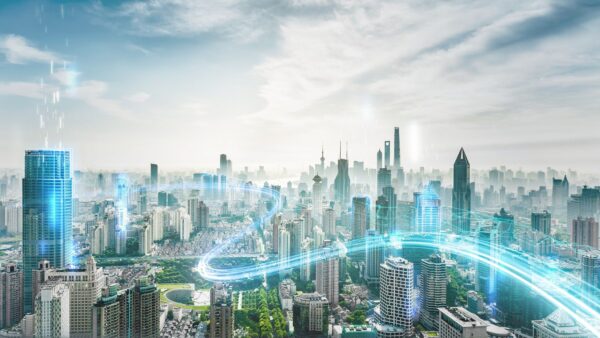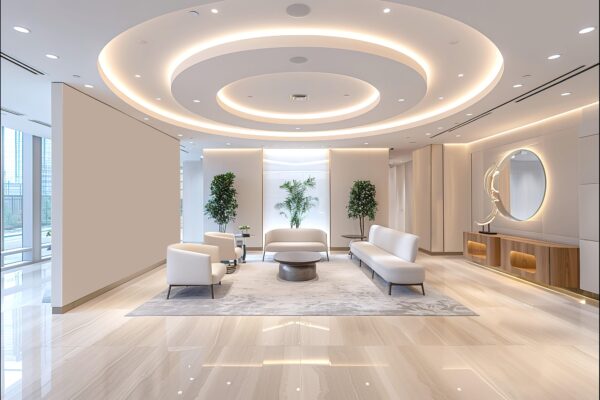Interview: Swatasiddha Majumdar, Principal, Strategy, Unispace India
Unispace has emphasised a science-first mindset in its latest global Life Sciences report. Could you elaborate on how this approach shapes your strategy in designing lab and workplace environments for the life sciences industry?
At Unispace, our “science-first” mindset forms the foundation of everything we do. We don’t view laboratories as static containers for research but as instruments that actively support scientific discovery. This philosophy reframes the lab as a dynamic environment that can accelerate breakthroughs rather than merely house them. It begins by understanding our client’s science at its core, their goals, workflows, and the evolving nature of their work. Only once we understand the mission do we begin shaping the environment to serve it. Adaptability is central to this. Scientific needs change rapidly, and our labs are designed to evolve alongside them. Flexible layouts, modular furniture, and infrastructure that supports future reconfiguration are now essential features, with 53% of global leaders citing them as top priorities. We also see technology not as a retrofit but as a vital extension of the scientific process. AI, IoT, and smart systems are embedded from the outset to streamline data flows and automate routine tasks, giving researchers more time for innovation. Ultimately, our role is to ensure the environment enhances, not hinders, the pace of discovery, and that begins by putting science first.
With the Indian life sciences sector ranking highest globally in adaptability and tech integration, how is Unispace responding to this momentum? Are there any India-specific design approaches you can share?
India is currently one of the most dynamic life sciences markets globally. Our research shows Indian labs are leading the way in adaptability and digital readiness, 66% report high adaptability, and 65% are already well-equipped for emerging technologies. This positions India not only as a growth hub but also as a global benchmark. At Unispace, we’re responding by embracing the uniqueness of the Indian context rather than applying a generic global template. Strategic partnerships are especially vital here. Two-thirds of Indian executives identify partnerships as critical for scaling lab infrastructure. We play a facilitative role, bringing international best practices in design and delivery while aligning with local operational needs and investment models.
Sustainability also takes on a distinctive shape. In India, it’s deeply tied to resilience. Clients are prioritising energy independence through solar power, smart grids, and efficient HVAC systems to ensure continuity in regions where infrastructure can be variable. Additionally, Indian clients are leading in creating energised, human-centric environments. Fifty-three per cent prioritise visual vibrancy, and 57% see rest zones as essential for talent attraction and retention. Our designs reflect this optimism, spaces that are intelligent, resilient, and bold, mirroring India’s ambitious trajectory in life sciences.
Unispace’s report highlights the importance of modularity and flexibility in lab design. From your experience, how do these elements contribute to long-term operational efficiency?
That’s a great question! Flexibility and modularity are no longer optional in lab design; they are fundamental to operational resilience and long-term ROI. The nature of life sciences work is evolving rapidly, and facilities must be able to pivot without major disruption. From our experience, modular design directly contributes to efficiency in three key ways. First, it minimises downtime. Traditional labs often require extensive renovations to accommodate new workflows or teams. A modular lab, however, can be reconfigured over a weekend using movable casework and plug-and-play utilities, enabling seamless transitions. Second, it future-proofs the facility. As new technologies emerge or a research focus shifts, from genomics to AI-driven drug discovery, for example, labs designed with flexibility in mind can absorb those changes without a structural overhaul. This extends the life of the facility and protects the initial investment.
Lastly, it enhances space utilisation. When labs are adaptable, they support a broader range of activities without expansion. The same space can shift between individual research, collaboration, and equipment staging. In real estate markets where every square meter matters, this is a powerful cost-efficiency driver. In essence, flexible labs aren’t just more responsive, they are smarter, more sustainable assets built for long-term success.
Sustainability and regulatory compliance are critical in laboratory infrastructure. How does Unispace balance green design with the stringent requirements of lab safety, performance, and cost-efficiency?
Balancing sustainability with safety and regulatory rigour is one of the most complex challenges in life sciences design, but we believe they’re not opposing forces. When approached holistically, these priorities can and should reinforce one another. The key is early, integrated planning. Smart building systems are a powerful example. A high-performance HVAC setup can meet precise air exchange requirements for lab safety while also using real-time sensors and automation to reduce energy use significantly. It’s a solution that delivers both performance and sustainability without compromise. Material selection is another area where safety and sustainability intersect. We carefully specify low-VOC, recycled, and environmentally certified products that also meet lab-grade durability and chemical resistance standards. The goal is to maintain compliance without increasing operational or environmental risk. From a cost perspective, we always encourage clients to look at total lifecycle value. While sustainable technologies may require more upfront, they deliver cost reductions over time through lower utility bills, fewer maintenance issues, and healthier, more productive work environments.
As regulatory expectations and climate pressures rise, we see this integrated approach as not just advantageous, but essential to building labs that endure, perform, and protect both people and the planet.
Technology integration – particularly smart systems and AI – is transforming lab environments. How is Unispace enabling future-ready digital infrastructure in labs, and what trends do you foresee driving demand in the next 3–5 years?
Technology is reshaping the scientific workplace, and at Unispace, we’re designing labs with digital infrastructure at their core, not as an afterthought. This includes robust connectivity, cloud integration, sensor networks, and server capacity embedded from the outset to ensure labs are truly future-ready. In the next 3 to 5 years, we anticipate three dominant trends. First, the shift toward hyper-automation will redefine how labs operate. Researchers will increasingly control experiments remotely, with robotic systems handling physical processes. This “Lab-as-a-Service” model demands resilient, interconnected digital frameworks. Second, digital twins will become standard. These virtual models mirror the physical lab in real time, allowing for predictive maintenance, workflow simulation, and immersive VR-based training. It’s not just a planning tool, it’s a strategic asset for continuous optimisation. Third, we foresee the rise of personalised, data-driven environments. Smart labs will dynamically adjust lighting, temperature, and data access to suit the individual scientist and task at hand, improving both precision and comfort. These trends reflect a broader shift: labs are no longer static places of work; they are dynamic platforms for digital experimentation and collaboration. Unispace is proud to be at the forefront of designing these intelligent, adaptive spaces.
Human-centred design seems to be emerging as a competitive differentiator for talent attraction. What does Unispace do differently to create lab spaces that enhance collaboration, well-being, and retention?
You’re absolutely right – in the global war for talent, the workplace experience is the new frontier. Our report shows 72% of life science executives identified at least one human-centred design priority, so this is top of mind for leaders. At Unispace, we take a research-led, empathetic approach to human-centred design, grounded in how scientists actually live and work. We recognise that lab work is multi-modal. A day may shift between intense bench work, quiet data analysis, and collaborative problem-solving. Our environments support these transitions through a diversity of spaces, quiet zones, focus pods, collaborative hubs, and well-appointed write-up areas, designed to reduce friction and enhance flow. Well-being is integrated from the beginning, not treated as an add-on. We prioritise indoor air quality, acoustic comfort, natural light, and ergonomic design, factors proven to reduce fatigue and support cognitive performance. With 57% of Indian executives identifying wellness spaces as essential, this is no longer optional. Crucially, we design collaboration intentionally. From strategically located “bump zones” to tech-enabled communal areas, our layouts foster spontaneous interaction and cross-disciplinary engagement. Ultimately, we build environments that demonstrate respect for the human behind the science. When researchers feel inspired, safe, and supported, they stay, and that’s the true competitive edge in today’s innovation economy.
Tags



